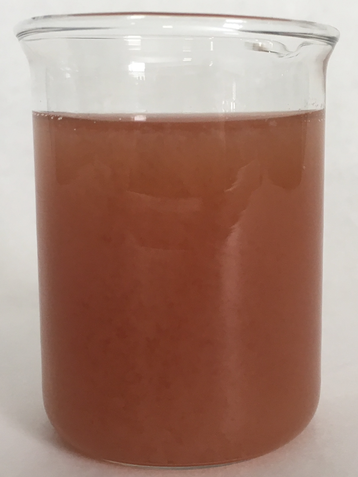 AOB/NOB cultures from nitrifier reactor
AOB/NOB cultures from nitrifier reactor Everyone knows that AOB & NOB cultures are among the slowest growing cultures in WW treatment plants. Upsets of any kind may result in effluent ammonia breakthrough. If your system has an MCRT lower than the washout or wasting rate, the. % nitrifiers in the biomass will decrease and eventually you will see increased effluent ammonia. The key is to understand AOB & NOB growth rates and how you can try to keep them at their maximum rates while also managing all other biological unit processes.
I often get calls about a system where everything is fine - great COD removal and settling - except the nitrifiers are either dead or not working. Here is the process for walking through the nitrifier problem without wasting operation budgets.
First, if you lost nitrification don’t just blindly throw expensive nitrified concentrates at the problem!
(1) Identify what happened in order of likelihood - you will often see multiple factors
- Higher influent TKN or ammonia - yes, both are needed
- Look at influent organic loadings (COD or BOD)
- Changes in MCRT, F/M, pH, Temperature, D.O., alkalinity
- Toxicity - phenol, sulfides, cyanides (Not as common as everyone thinks)
(3) Depending upon qPCR results, you select options
- Provide ideal conditions for growing indigenous AOB/NOB populations. If you have inhibitory compounds or higher than normal COD/BOD, we need to optimize the heterotrophic population and improve conditions to allow for full AOB/NOB activity.
- To speed the natural recovery process, adding nitrifiers may be recommended. AOB/NOB concentrates are still slow growing chemotrophs just like indigenous nitrifiers. Dose is based on how much ammonia needs to be oxidized, how long recovery time is available, and expected growth rate for the cultures. AOB max growth rate is usually 12 hours vs 1 - 2 hours for heterotrophs.

 RSS Feed
RSS Feed